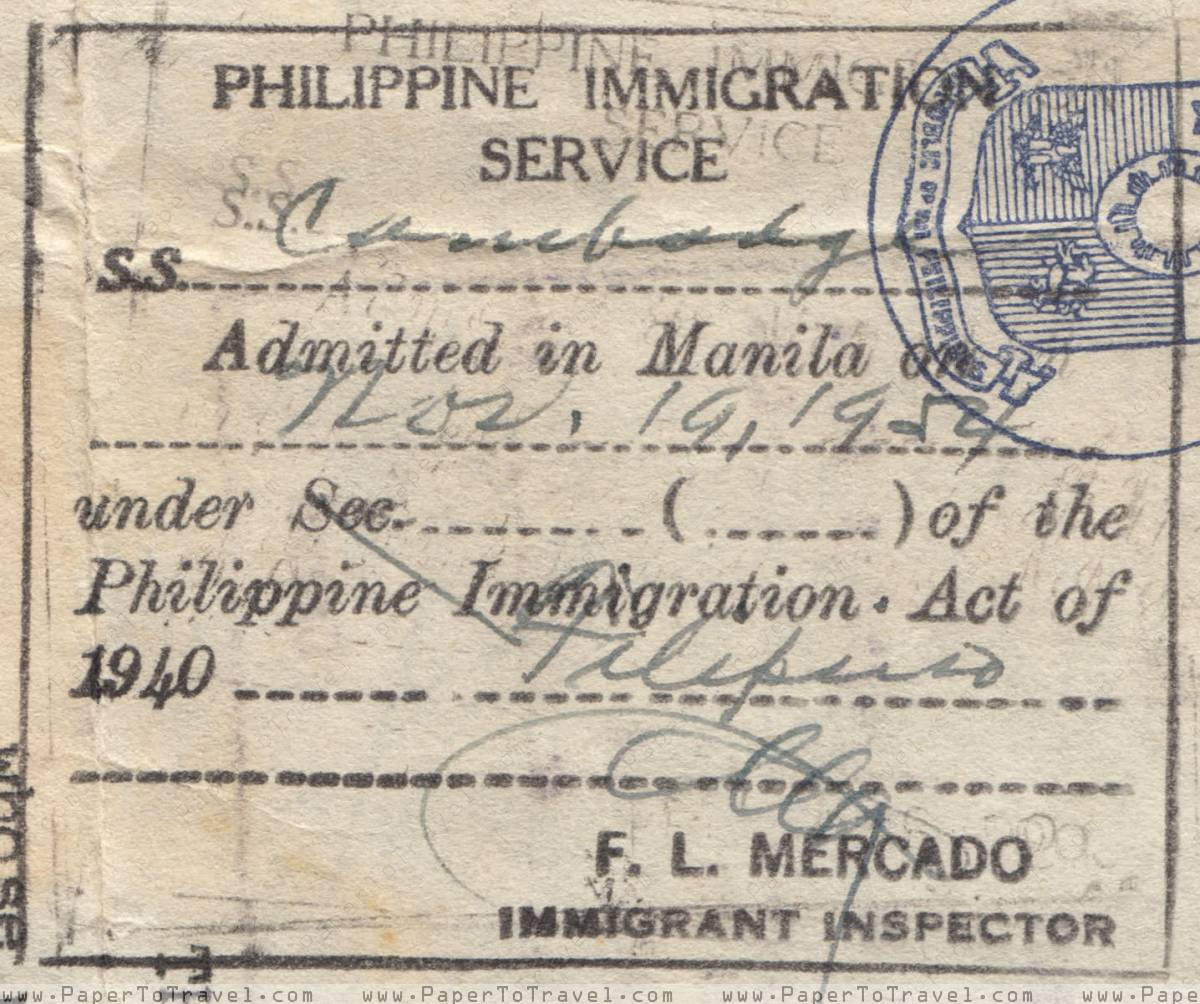
Why Are Philippine Visas Called 9g, 13a, etc.?
The Surprising Legal Origin
Where Do Philippine Visa Names Come From?
If you’ve come across visa names like 9g or 13a in the Philippines, you might wonder: What do those numbers and letters mean? Surprisingly, these names aren’t random—they’re taken straight from an old but still active piece of legislation: the Commonwealth Act No. 613, also known as the Philippine Immigration Act of 1940.
That’s right. These visa names are actually references to the section and paragraph of the law where they are defined. A truly unique naming system that has stood the test of time.
Section 9: Non-Immigrant Visas
Section 9 of the Act outlines the categories for non-immigrants, or foreigners coming to the Philippines temporarily. Each paragraph under Section 9 corresponds to a specific visa type:
9a – Temporary visitor for business, leisure, or medical reasons
9f – Foreign students
That’s where the “9g visa” gets its name—Section 9, paragraph g of the 1940 law!
Section 13: Immigrant Visas
Section 13 defines immigrant visas—these are for foreigners who intend to live in the Philippines long-term. Again, the names come directly from the law:
13b – Child of a permanent resident born abroad
13d – A woman who lost Philippine citizenship by marriage
So the “13a visa”? You guessed it: Section 13, paragraph a.

A Legal System Frozen in Time (But Still in Use!)
Despite being over 80 years old, the Philippine Immigration Act of 1940 is still very much in force today. It has outlived colonial transitions, constitutional changes, and numerous presidential terms. It’s a rare case of legislative stability, and it explains why visa names like 9g and 13a are still officially used in government documents and immigration procedures in 2025.
What’s in a Name? A Lot More Than You Think
So the next time you hear someone mention a 9g or 13a visa, you’ll know they’re actually referring to a paragraph of an immigration law from 1940. It’s not just a code—it’s legal history in action, shaping how people live, work, and build families in the Philippines.


























